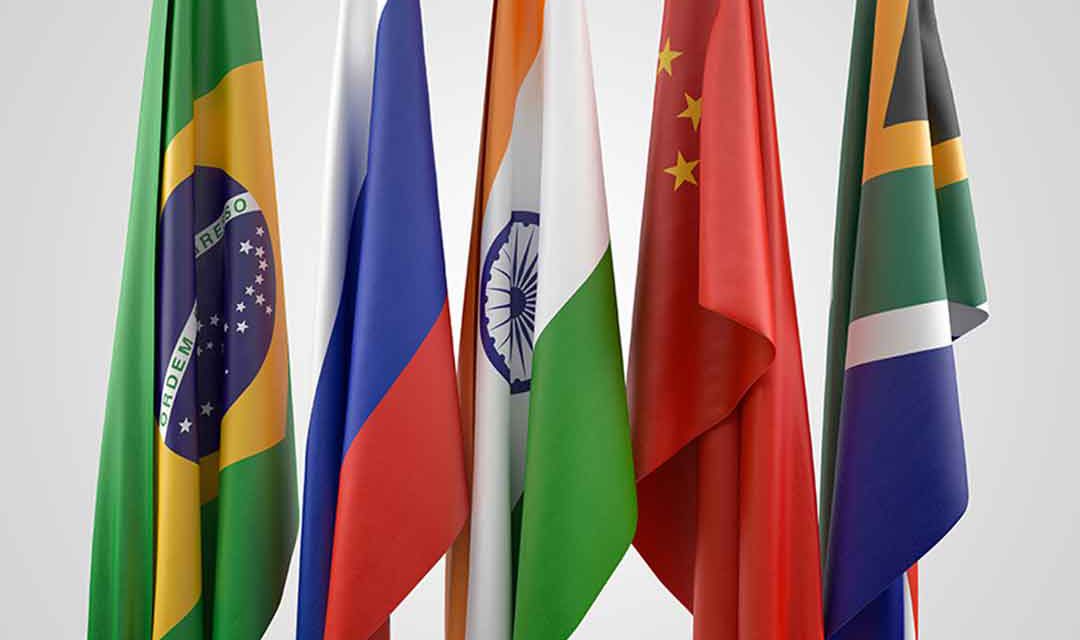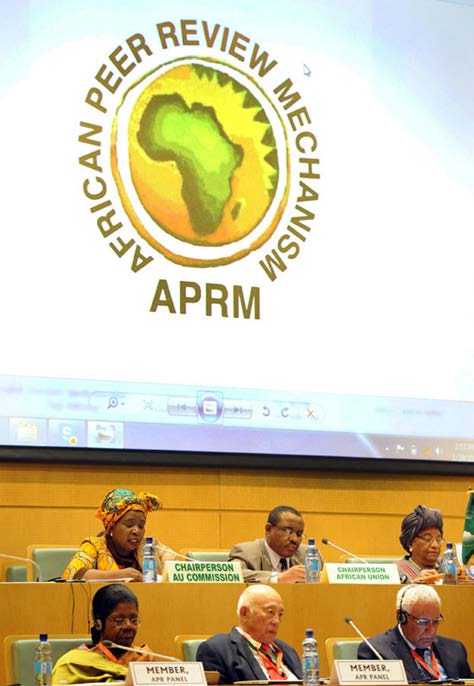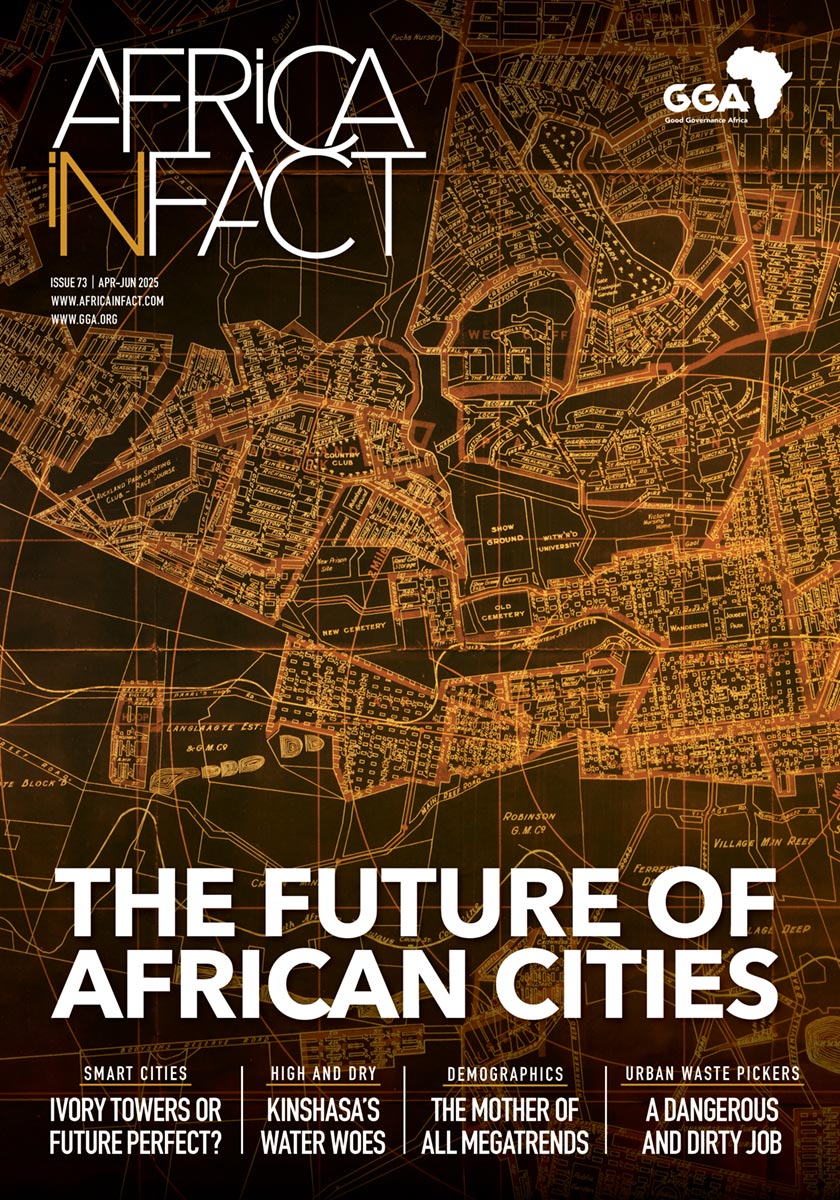East Asia investing in Africa could prove the panacea to the regions’ parallel problems
After the financial crisis of 2008, Africa provided an enticing investment destination for countries looking for return on investment. Driven by both push and pull factors, the post-crisis period initiated material improvements in both investment and sentiment towards the continent. The related risks were largely outweighed by the low rates at which money was available.
Africa’s traditional trading partners – China, the United States (US) and the Eurozone – took advantage of these favourable conditions. Foreign direct investment (FDI) inflows increased by as much as 22% between 2010 and 2014, with the majority of FDI being invested in extractive industries. In 2014 greenfield FDI into Africa grew by 65%, against a global average of only 1%, to an estimated US$87 billion. Gross domestic product growth in Africa, at 5%, outpaced the global average by 3,5%.
But 2015 brought a reversal in this trend, with growth in FDI across the continent declining by 7%. A massive plunge in global oil prices – coupled with a strong US dollar, softer Chinese growth and a subdued Eurozone outlook – highlighted the continent’s susceptibility to sudden shocks. With internal and external conditions having dramatically changed, and African sovereign bonds facing a number of financing difficulties, foreign investment inflows into Africa from traditional sources are slowing, and this trend looks to continue.
This shift in global politics may cause non-traditional investors to look at Africa in a new light, and with traditional partners preoccupied with domestic issues, African countries may miss a trick by not targeting alternative sources of funding. Amid the changing and uncertain economic and political landscapes, new opportunities and new investors may present themselves.
In the wake of a new administration in the US, Asian companies could be ready to accelerate their investments into Africa and the Middle East. Experts say Asia’s new money will look at alternatives if the Trump administration’s withdrawal from the Trans-Pacific Partnership earlier this year has a negative impact on the region.
The US is currently restructuring its political alliances and international relations with it are likely to change said Graeme Robertson, Intrasia Capital’s chief executive officer, at the 2017 Mining Indaba earlier this year in Cape Town, South Africa. “China, Indonesia, Japan, Korea will have a far more significant influence in world affairs and this will also be in mining and investment. Asia, 25 years ago, was equivalent to what Africa is today. So the Asian money is looking at new direction and you see the influence of that into Africa.”
East Asian and Gulf countries are well suited to take advantage of the investment opportunities in Africa: Japan and Korea have comparative infrastructural and technological advantages; and Malaysia and the United Arab Emirates (UAE) have comparative advantages in providing Islamic business services and tourism infrastructure. Singapore is dependant on international trade and there is a strong case to be made for it to diversify its global footprint to avoid relying on ever more volatile traditional investment destinations.
Anecdotally, at least, there seems to be a marked increase in appetite from some of Africa’s “non-traditional” trading partners.
In August 2016 Japan hosted its Tokyo International Conference on African Development (TICAD). The conference had historically been hosted every five years in Japan. In 2016 though, in what was seen as a signal of intent and Prime Minister Shinzō Abe’s renewed interest in the continent, the conference was held in Kenya. China hosts an equivalent conference every three years and alternates hosting with Africa.
At TICAD Abe committed to investing US$30 billion dollars in Africa over the next three years, with US$10 billion going towards infrastructure development.
At the conference Tomohiko Taniguchi, a special adviser to the Japanese government, was quoted as saying that the number of Japanese business leaders in attendance was “testament that finally otherwise risk-averse Japanese companies have finally come to be aware that Africa can provide them with real growth opportunities”.
Singapore has also attempted to expand its footprint across Africa. In 2013 International Enterprise Singapore, the government agency promoting the country’s trade and overseas investments, established country offices in South Africa and later in Ghana. These are similar to those already established in Mexico and Brazil. And, as in Mexico and Brazil, they are expected to spark further investment.
Although Singapore’s investment relationship with Africa lags behind that with Latin America by around 15 years, similar government-driven activities – attributed to accelerating Singapore’s ties with Latin America – are being observed in early stages on the continent. By 2015 Singapore’s investments in Africa had been growing by more than 11% per annum.
Energy investments in particular have attracted interest; in 2013 Pavilion Energy, a subsidiary of Temasek Holdings, acquired a US$1,3 billion stake in Tanzania’s gas blocks from Ophir Energy. Temasek has also made an investment in Seven Energy, an oil and gas group based in Nigeria, as Africa’s oil and gas market is increasingly important to Singapore’s companies. Recent discoveries of natural gas reserves in Tanzania and Mozambique provide opportunities for companies in plant design, engineering procurement and construction, fabrication, offshore vessel operation and ready-for-use services.
Malaysia is one of Africa’s most significant, if somewhat less conspicuous, investment partners. In 2011 Malaysia was Africa’s most important and largest trading partner, with investments totalling US$19 billion – outstripping those of China and the European Union. This accounted for 20% of all Malaysia’s outward FDI compared with China’s, where Africa accounts for around just 3% of its total outward FDI.
While Korea has not been a major investment player in Africa, some companies have high visibilty on the continent. Samsung Electronics, the largest unit of the Samsung group, and the world’s biggest electronics manufacturer, has carved out an enviable niche in Africa’s burgeoning economies, well ahead of global competitors such as Apple and Nokia.
But even as prospects from East Asia are promising, other regions should not be ignored.
Widely touted as the “Gateway to Africa”, the UAE has emerged as an important trading partner for African countries. It has also been an important and growing source of investment. In 2015 Gulf firms invested US$9,3 billion, driven to a degree by African, and other, multinationals setting up headquarters in Dubai. These included the Mara Group and Atlantic Holdings. Previously the government of Dubai had partnered with many African governments for key infrastructure, telecom and tourism projects, with companies such as Etisalat and Dubai World playing an active role.
These are positive trends, but of course the proof is in the proverbial pudding. When compared with the numbers from India and China, investment from these regions lags significantly. On the flipside, this offers African countries a huge opportunity to court foreign investment. There is significant room for growth in investment at government-to-government and private sector levels.
With the world order rapidly changing, it is in Africa and Asia’s mutual interests to forge stronger alliances by expanding cooperation in trade, investment, and technical assistance. For the African continent, Asian investment offers a compelling value proposition; increased FDI flows could have significant long-term benefits for industrialisation, particularly in sectors such as education, infrastructure, tourism and health.
Some Asian countries could also offer expertise and customised solutions for African countries, having undertaken the same industrialisation process a few decades ago.
Africa is also the world’s largest untapped market for trade and investment, and it offers many Asian investors opportunities to offset some of their own structural economic constraints. These include changing demographic trends; the middle-income trap, which sets back country growth when it reaches middle-income levels; slower growth; and rising inequality and environmental degradation.
There seem to be few downsides to courting the East; in fact, Asia’s investments in Africa may prove to be the solution to both regions’ problems.
RONAK GOPALDAS is a director at Signal Risk, an exclusively African risk advisory firm. He was previously the head of country risk at Rand Merchant Bank (RMB) for a number of years, where he managed a team who provided the firm with in-depth analysis of economic, political, security and operational dynamics across sub-Saharan Africa. He holds a BCom degree in philosophy, politics and economics (PPE) and a BCom (Hons) from the University of Cape Town (UCT). He also has an MSc in finance (economic policy) through the School of Oriental and African Studies (SOAS) in London.[















